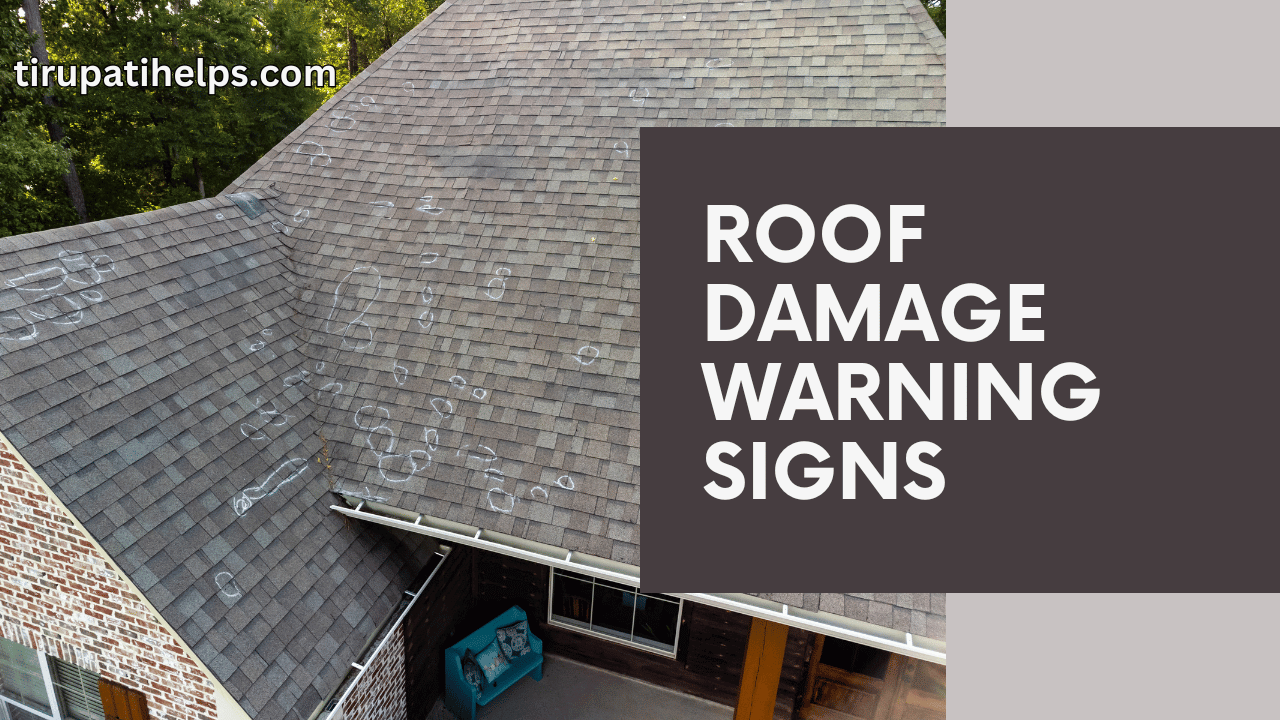After a storm, your roof might seem fine at first glance. However, hidden damage can lead to serious problems if not addressed promptly.
This guide will help you identify key warning signs that your old roof may be at risk after a storm. By understanding what to look for, you can take proactive steps to protect your home and save on costly repairs.
Visible Damage
One of the most obvious signs of roof damage is missing shingles. High winds can easily lift and tear shingles off, leaving your roof vulnerable to leaks and further damage.
Check your yard and gutters for any fallen shingles. Check out https://roofingmn.com/storm-damage-repair/ to learn how to fix these issues.
Cracked or Broken Shingles
Even if shingles are still in place, they can be cracked or broken. This compromises their ability to protect your home from water infiltration. Examine your roof closely for any visible signs of cracking or breaking.
Granule Loss
Shingles are coated with granules that provide UV protection and improve durability. After a storm, you may find granules in your gutters or downspouts. This loss indicates that your shingles are aging and may need replacement.
Water Intrusion
Water stains on your ceilings are a clear sign of a dripping roof. These stains often appear as discolored patches and can grow over time if the leak is not repaired. Immediate investigation is necessary to prevent structural damage.
Attic Moisture
Inspect your attic for any signs of moisture or mold. Damp insulation, wet wood, or mold growth are signs that water is entering your home through roof damage. Addressing this quickly is crucial to maintaining a healthy indoor environment.
Dripping Water
If you notice water dripping inside your home during or after a storm, it’s an urgent sign that your roof is compromised. This requires immediate attention to prevent further water damage and potential health hazards.
Structural Issues
A sagging roof deck is a severe issue that indicates significant structural damage. This could be due to prolonged water exposure weakening the underlying support beams. Professional assessment and repair are essential in this case.
Damaged Flashing
Flashing is used around roof penetrations like chimneys and vents to prevent water intrusion. If the flashing is damaged or missing, it creates an entry point for water. Inspect these areas closely after a storm.
Warped Wood
Warped or swollen wood in your attic or roof deck suggests water damage. This can weaken the structural integrity of your roof and lead to costly repairs if not addressed promptly.
Hidden Problems
The insulation in your house may be impacted by a broken roof, increasing your energy costs. A sudden increase in your energy expenses can be the result of damage to your roof that allows air to enter or leave your home.
Pest Infestations
Roof damage can create entry points for pests like rodents and insects. If you notice an increase in pest activity, it may be due to gaps or openings in your roof caused by a storm.
Unusual Odors
Musty or moldy odors in your home can be a sign of water infiltration through a damaged roof. These smells indicate that moisture is trapped somewhere inside your home, creating an environment for mold growth.
Replace Your Old Roof Now
Your roof is your home’s first line of defense against the elements. By identifying and addressing issues early, you can prevent costly repairs and ensure the safety and comfort of your old roof. If you notice any of the signs, consider consulting a professional roofer for a comprehensive assessment.
If you want to read more articles, visit our blog.

Leave A Comment